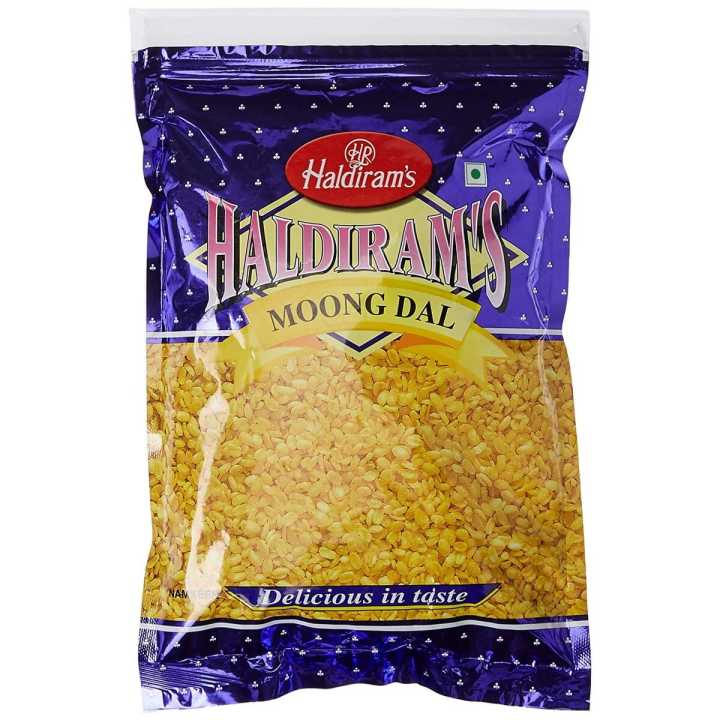Harnessing the Therapeutic Properties of Vigna radiata
Moong beans, little yet strong, have been a staple in various cuisines for a long time, particularly in Southeast Asia. These small pulses pack a powerful punch when it comes to health benefits, making them a great addition to a healthy diet. From healthy broths to vegetable mixes and sweets, mung beans are versatile in the kitchen and provide a wealth of healing properties that can boost overall wellness.
As more people explore plant-based diets and seek holistic solutions to support their health, the interest in mung beans has grown. They are not only loaded in protein, dietary fiber, and essential vitamins and minerals but also possess special antioxidant and inflammation-reducing properties. In the past few years, the rise of production facilities for mung beans has made it easier to get these nutritious beans, ensuring that more individuals can add them into their everyday diet, unlocking their benefits for better health and life.
Dietary Benefits of Green Gram
Green grams are loaded with vital nutrients that support to overall health. They are an excellent source of protein, making a wonderful plant-based option for those seeking to increase their protein intake. With approximately 24 grams of protein per 100g, mung beans provide a comprehensive amino acid profile, which is helpful for muscle repair and growth. Additionally, they contain a richness of vitamins and minerals, including ascorbic acid, vitamin K, and vitamin B9, all of which play important roles in bodily functions.
Another significant benefit of mung beans is their considerable fiber content. Dietary fiber is important for gut health as it helps to regulate bowel movements and prevent constipation. A serving of mung beans provides about 7.6 grams of fiber, which supports a healthy gut microbiome and can help lower cholesterol levels. This fiber content also aids in weight regulation by promoting feelings of fullness, helping to control appetite.
Mung beans are also reduced in calories and fat, positioning them as a nutritious addition to any diet without contributing to unnecessary calorie intake. Their robust antioxidant properties help fight oxidative stress in the body, reducing inflammation and the risk of chronic diseases. Incorporating mung beans into meals can enhance nutritional value while providing a range of health benefits, establishing them a adaptable ingredient for health-conscious individuals.
Mung Bean Processing Techniques
The handling of mung beans starts with adequate washing and sorting. Mung beans are subjected to thorough cleaning to remove contaminants such as soil, pebbles, and other foreign materials. This process ensures that only premium beans reach the market or are used for subsequent stages. After washing, the beans are categorized based on size and quality to ensure consistency, which is crucial for cooking and other applications. A green gram factory typically employs various mechanical processes to streamline this phase, enhancing productivity.
Once the green grams have been cleaned and classified, they undergo hydration and germination. Hydrating the beans helps soften their husk and initiates the sprouting process. This can enhance the nutritional value of the beans, making them more abundant in nutrients and proteins. After hydration, the beans are gently washed and kept in regulated environments to encourage germination. The germination stage not only boosts the beans' nutritional profile but also adds new flavors and consistencies that are much appreciated in cooking.
The final stage involves cooking and drying the mung beans for different applications. Boiling transforms the uncooked beans into a ready-to-eat state, making them suitable for dishes, soups, and various meals. Additionally, some mung beans are turned into powder or other products. After cooking, the beans may undergo dehydration to remove moisture, ensuring a longer storage duration. In mung bean supplier , these methods are optimized for bulk manufacturing, allowing for the distribution of healthy green gram items worldwide.

Uses in Health and Fitness
Mung beans have been utilized for centuries in various cultures not only for their culinary flexibility but also for their remarkable health benefits. Rich in protein, fiber, and vital nutrients, mung beans are a fantastic addition to a balanced diet. They help maintain digestive health by promoting regular bowel movements and preventing constipation. The high fiber level also leads to a feeling of fullness, making them a valuable food for weight management.
In addition to digestive benefits, mung beans are famous for their antioxidant properties. These tiny legumes have compounds that help fight oxidative stress and inflammation in the body. Regular consumption of mung beans may lower the risk of persistent diseases such as heart disease and diabetes. The presence of vitamins and minerals, including magnesium and folate, boosts overall health and fortifies the immune system.
Mung beans can also be conveniently incorporated into diverse diets, including vegan and vegetarian lifestyles, due to their abundant protein content. They can be germinated, boiled, or crushed into flour for use in various recipes. Mung bean extracts are increasingly found in dietary supplements and health products for their claimed benefits, showcasing the trend of leveraging these beans' healing properties in the health and wellness industry. As consumers become more health-conscious, the demand for mung beans continues to rise, prompting a surge in mung bean factories that serve this expanding market.